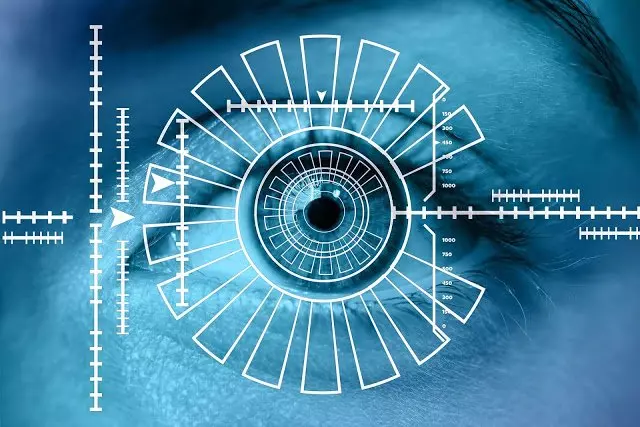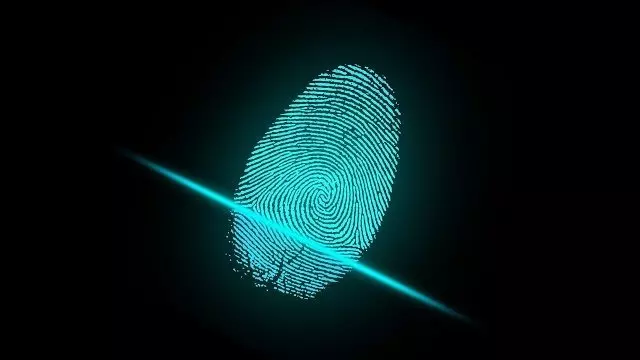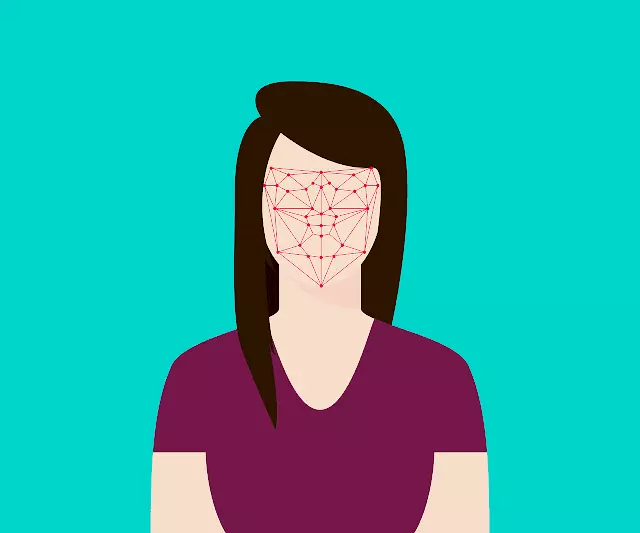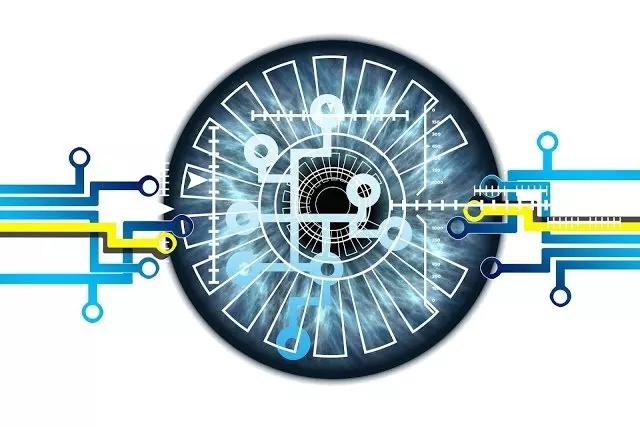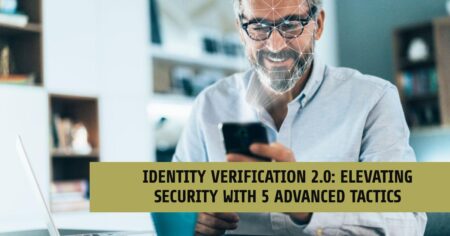Biometric authentication is a security process of the user identity verification process that involves biological input, or the scanning or analysis of some part of the body such as fingerprints, palm or finger vein patterns, iris features, and voice or faces patterns.
These last three Biometric authentications involve no physical contact with a biometric sensor, which makes them less intrusive to use. The reference model is the first store in a database or a secure portable element like a smart card.
The data stored is then compared to the person’s biometric data to be authenticated If both samples of the biometric data match, authentication is confirmed.
Biometric authentication technologies are becoming the foundation of an extensive array of highly secure identification and personal verification solutions.
Biometric authentication methods are used to protect many different kinds of systems – from logical systems facilitated through hardware access points to physical systems protected by physical barriers, such as secure facilities and protected research sites. Biometric authentications based solutions are able to provide for confidential financial transactions and personal data privacy.
Also read:
- What is biometrics: Are biometrics safe to Use
- What is Digital Signature and how does it work
- What is Facial Recognition How does it work
- What is Voice Recognition and how Does it Work
Behavioral characteristics such as keystroke dynamics – a measure of the way that a user types, analyzing features such as typing speed and the amount of time they “dwell” on a given key – can also be used to authenticate a user.
Biometric authentication is widely known as the most effective type of authentication because it is extremely difficult to transfer biological material or features from one user to another.
Types of biometric authentication
Fingerprint Recognition
Fingerprint Recognition Biometric authentication includes taking a fingerprint image of a person and records its features like arches, whorls, and loops along with the outlines of edges, minutiae, and furrows. Matching of the Fingerprint can be attained in three ways, such as minutiae, correlation, and ridge.
Retina scans
Retina Scans Biometric authentications produces an image of the blood vessel pattern in the light-sensitive surface lining the individual’s inner eye.
Face Recognition
Visual Biometric The analysis of facial features or patterns for the authentication or recognition of an individual’s identity. Most face recognition systems either use eigenfaces or local feature analysis.
Iris Recognition
Iris recognition is one type of Biometric authentication method used to identify the people based on single patterns in the region of ring-shaped surrounded the pupil of the eye. Generally, the iris has a blue, brown, gray or green color with difficult patterns that are noticeable upon close inspection.
Vein Recognition Biometric authentication
Vein recognition is a type of Biometric authentication that can be used to identify individuals based on the vein patterns in the human finger or palm.
Voice Recognition
Voice recognition technology is used to produce speech patterns by combining behavioral and physiological factors that can be captured by processing speech technology. The most important properties used for speech authentication are nasal tone, fundamental frequency, inflection, cadence.
Hand/Palmprint patterns Biometric authentication
By placing your hand on a scanner, you not only have a unique fingerprint pattern, but the size and shape of your entire hand are also very unique. It differs from a unique finger impression in that it likewise contains other data, for example, touch, indents, and symbols which can be utilized when contrasting one palm with another.
Handprints can be used for criminal, forensic or commercial applications. The main difficulty of a handprint is that the print changes with time depending on the type of work the person is doing for an extended duration of time.
Signature Recognition Biometric authentication
The Biometric authentication of an individual by the analysis of handwriting style, in particular, the signature. There are two key types of digital handwritten signature authentication, Static and Dynamic.
Static is most often a visual comparison between one scanned signature and another scanned signature, or a scanned signature against an ink signature. Technology is available to check two scanned signatures using advanced algorithms.
Why multi-modal Biometric authentication?
For a number of years now, the use of many Biometric authentications in combination, for example, the face and the iris or the iris and fingerprints, has made it possible to reduce error rates considerably.
But this reliability depends on the acquisition tools and algorithms used being of good quality. Though this solution may appear attractive in principle, identification requires the implementation of a centralized server, with a particularly secure architecture.
However, the traditional costs of Biometric authentication have made it an impossible option for many projects. New technologies are making biometric authentication more realistically feasible for a range of different implementations.




